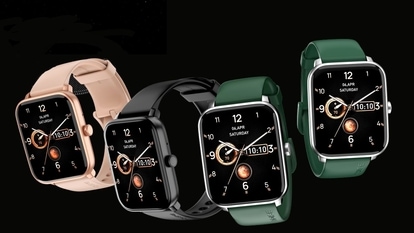Wow! Rare green comet suffers solar storm ATTACK! Tail destroyed, check stunning photo
The green comet, C/2022 E3 (ZTF), which is visiting the Earth after 50000 years has been hit by a massive solar storm and this has destroyed a part of its tail.
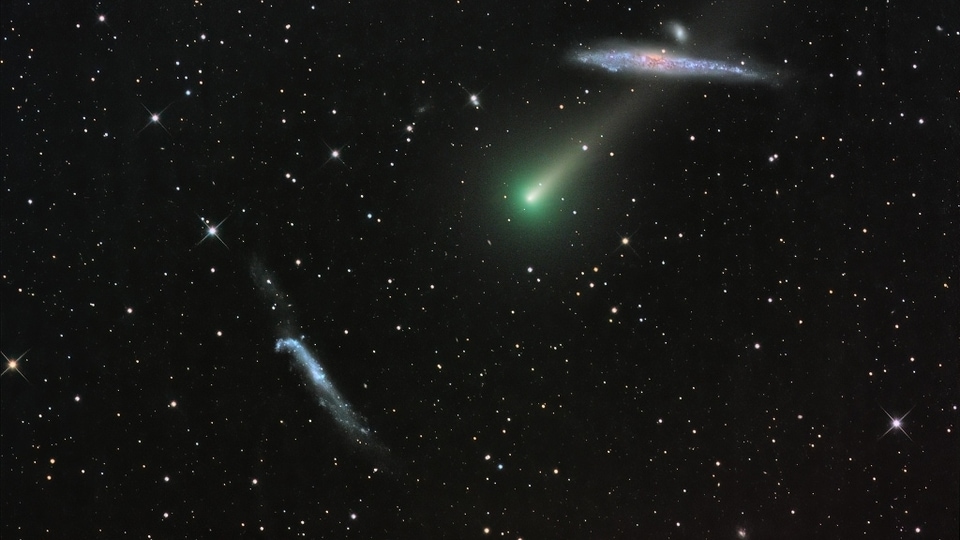
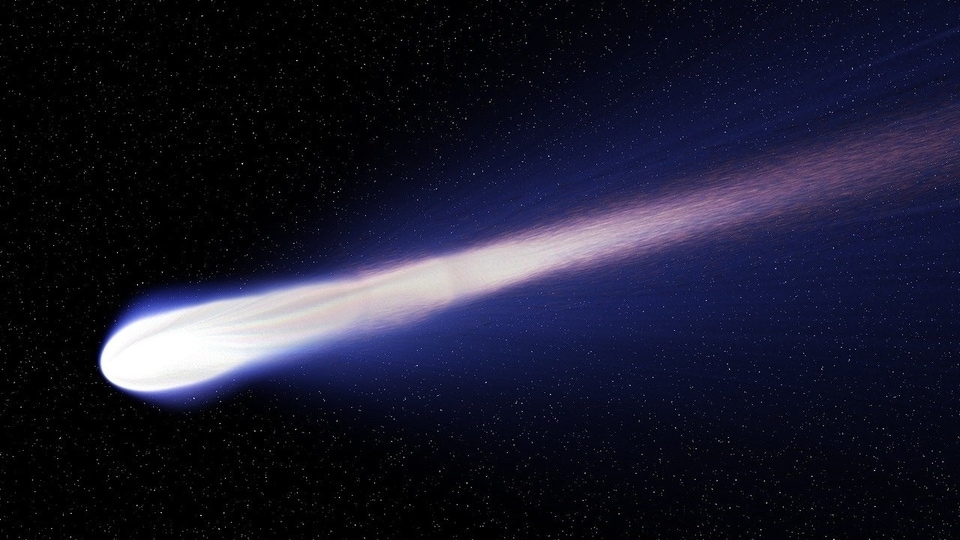
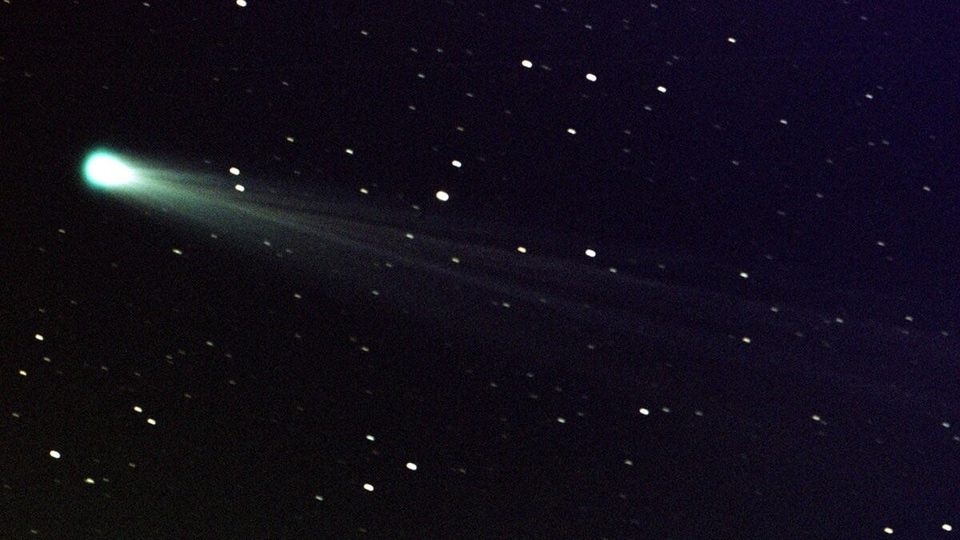
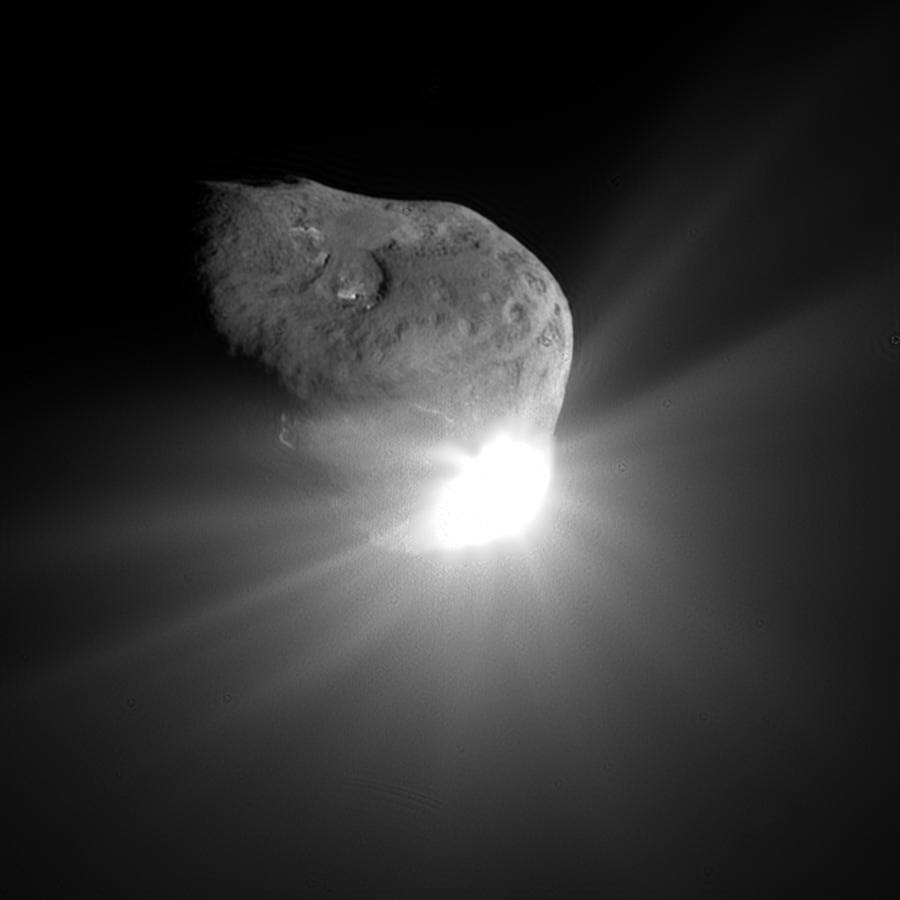
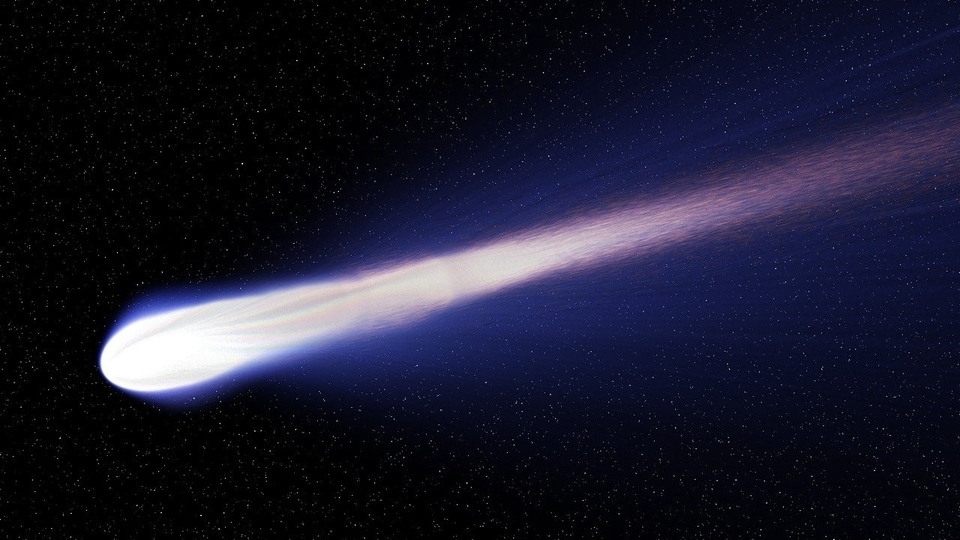
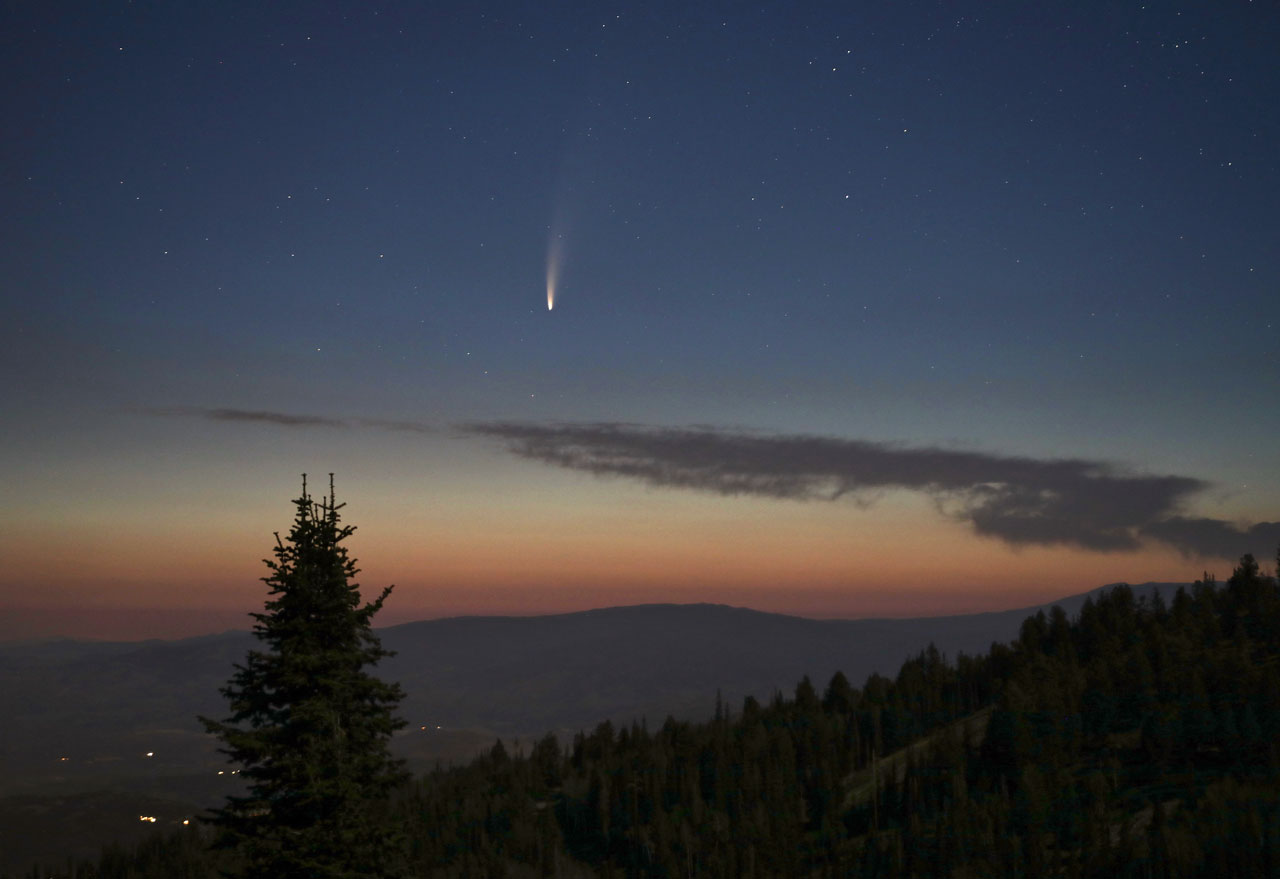
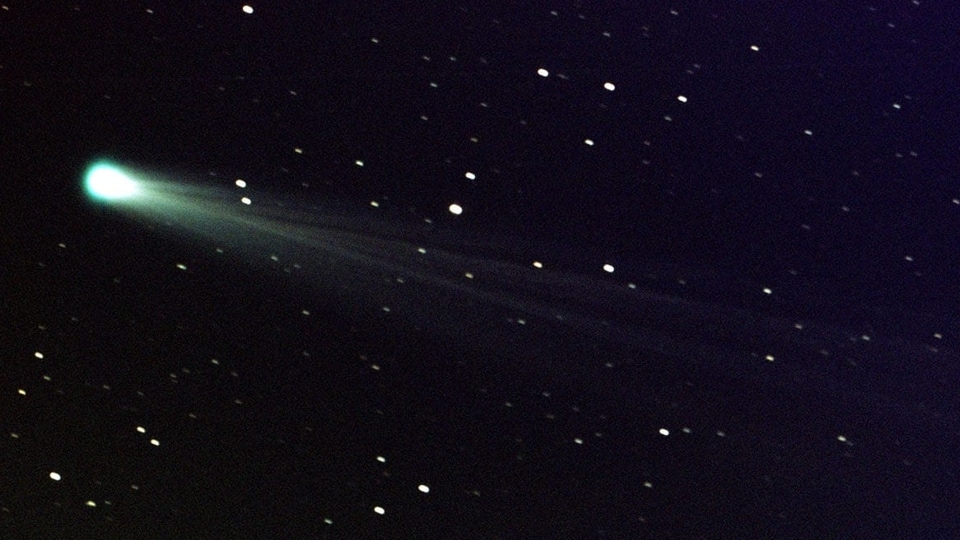
 View all Images
View all ImagesAs the Earth waits for February 1, when an extremely rare comet, which was last seen 50000 years ago, will be visible across the night sky, it has undergone a vicious solar storm attack. Comet C/2022 E3 (ZTF) is a long-period comet that originated in the Oort cloud. It recently reached its perihelion on January 12 and now it is on its way to make the closest approach to the Earth. However, the comet met an unfortunate fate as it collided with a coronal mass ejection (CME) cloud. The solar storm attack has resulted in a part of its tail being destroyed.
The stunning image was taken by comet hunter Michael Jager on January 17 from Bavaria. He also shared the image of the comet on his Twitter account. Sharing the picture, he also revealed that he used an11-inch Rowe-Ackermann Schmidt Astrograph (RASA) telescope along with a Nikon Z50 camera.
Recounting his experience, he told Space.com that it was very difficult to take the shot as these icy comets change very fast when they reach the warmer regions of the inner solar system and being late by even a minute could result in not capturing the moment at all.
Green comet loses its tail in a solar storm assault
In the image, it can be seen that the main tail of the comet (the bright glowing trail behind the comet) was weakening, which gives an appearance as if it is breaking apart. Astronomers call this a disconnection event.
You can check the image below.
New image processing: C/2022 E3 (ZTF) 2023 jan 17 5.10 UT 5x100sec 11" RASA QHY600 and 5x150sec Leica-Apo-Telyt Nikon Z50mod Michael Jäger pic.twitter.com/249asnu9eW
— Michael Jäger (@Komet123Jager) January 18, 2023
According to a report by SpaceWeather.com, this particular event could have been caused by a solar storm. Ordinarily, what we refer to as a solar storm is when CME particles collide against the upper atmosphere of the Earth. But these same solar particles are also capable of causing damage when in space to anything that comes in their way. The website stated, “CMEs hitting comets can cause magnetic reconnection in comet tails, sometimes ripping them off entirely”.
The long term impact of this solar storm strike on the Comet C/2022 E3 (ZTF) will only be known in some time as it comes closer to our planet.
Catch all the Latest Tech News, Mobile News, Laptop News, Gaming news, Wearables News , How To News, also keep up with us on Whatsapp channel,Twitter, Facebook, Google News, and Instagram. For our latest videos, subscribe to our YouTube channel.
























